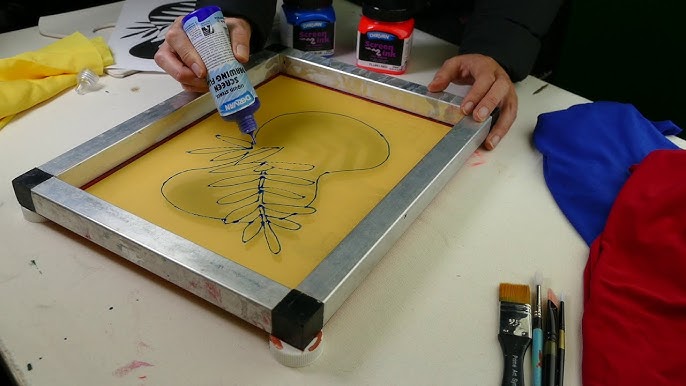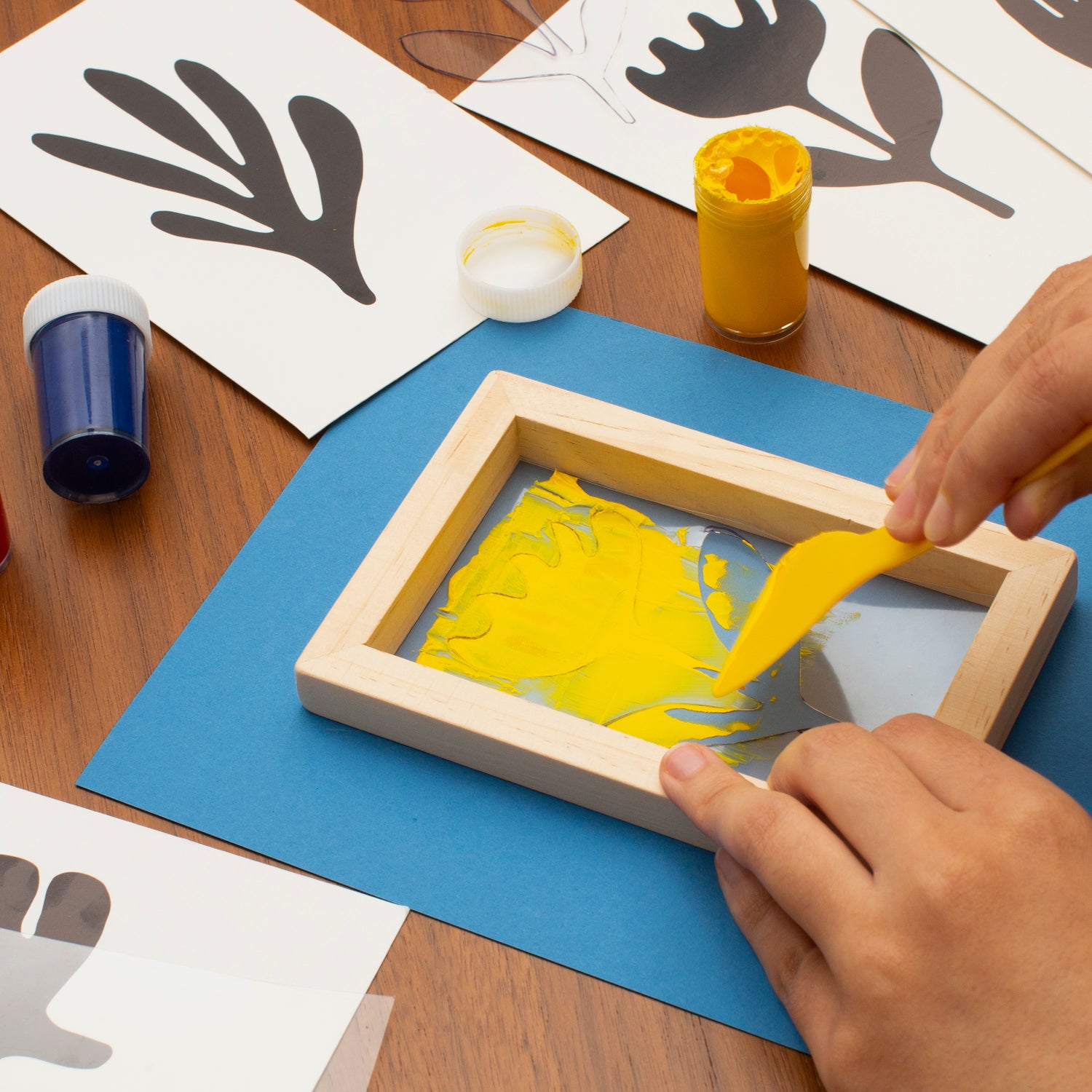ChatGPT said: 10:9 Design reviews: uncovering the strengths and weaknesses
Wiki Article
The Essential Overview to Understanding Screen Printing and Its Versatile Makes use of
Screen printing has a rich background that dates back to ancient times, advancing right into an advanced strategy used across different sectors today. This overview explores the complexities of the screen printing procedure, describing its applications in fashion, home, and advertising décor - 10:9 Design Screen Printing. Recognizing these principles can open imaginative possibility for both business and imaginative jobs. The adhering to areas will certainly disclose essential ideas and strategies to enhance one's screen printing undertakingsThe Background of Screen Printing
Screen printing has roots that trace back centuries, its development shows the technical and imaginative improvements of different societies. Originating in ancient China, the method was at first made use of for embellishing textiles and later spread to Japan, where it became essential to Ukiyo-e woodblock printing. The approach shifted to Europe in the 18th century, where it obtained appeal amongst craftsmens and commercial printers. The innovation of photo emulsion in the 20th century revolutionized screen printing, enabling even more detailed layouts and better performance. Musicians like Andy Warhol further pushed its popularity, making use of the medium to produce famous works that combined commercialism and art. By the late 20th century, screen printing had established itself as a flexible strategy, employed in vogue, advertising and marketing, and art. Today, it remains to progress, incorporating digital innovation and increasing its applications across different sectors.The Screen Printing Process Explained
Screen printing transforms creative visions right into substantial designs through a collection of specific actions. A picture is created and after that moved onto a screen, generally made of great mesh textile extended over a frame. A light-sensitive solution is applied to the screen, which is exposed to light, solidifying in areas not covered by the picture. After washing out the unhardened emulsion, a stencil is developed.Next, the screen is put over the substratum, whether it be textile, paper, or another material. Ink is then pressed via the open locations of the pattern making use of a squeegee, depositing the style onto the substratum listed below. This procedure can be duplicated for numerous shades, calling for separate displays for each and every tone. The printed thing is healed utilizing warm to guarantee the ink sticks properly, resulting in a resilient, dynamic design all set for use.
Types of Screen Printing Techniques

Furthermore, specialty methods, such as discharge screen printing, eliminate dye from the textile to develop softer prints, while aluminum foil screen printing uses metallic aluminum foil to achieve a glossy coating (10:9 Design Screen Printing). Each strategy provides unique qualities, satisfying different innovative requirements and production scales, inevitably expanding the possibilities within the screen printing domain name
Applications of Screen Printing in Different Industries

Additionally, the signs and advertising sectors utilize screen printing for producing captivating displays and banners. This technique permits for strong shades and detailed layouts that catch interest. In electronic devices, screen printing is used for using conductive inks to circuit boards, important for component connections. Additionally, the home design industry welcomes screen printing to generate distinctive layouts on fabrics and wall surface art. Generally, screen printing functions as an important device across varied fields, boosting items with customized and visually enticing graphics.
Tips for Effective Screen Printing Projects
While carrying out a screen printing project, mindful interest to detail can considerably enhance the last outcome. Selecting high-quality materials is crucial; this includes the screen, inks, and substratums. Making use of suitable mesh counts can influence ink deposition and information resolution. Preparation is similarly important; extensive cleansing of screens and proper direct exposure times guarantee crisp prints.Next, exact enrollment is vital for multi-color prints. Making use of placement tools can assist attain accurate layering. Additionally, screening prints on scrap products prior to production helps recognize prospective issues without losing resources.

Frequently Asked Questions
What Products Are Best for Screen Printing on Material?
Cotton and polyester blends are excellent for screen printing on textile as a result of their resilience and ink absorption. In addition, specialty fabrics like silk or canvas can create unique structures and coatings, improving the total design top quality.Exactly how Do I Tidy and Maintain Screen Printing Equipment?
To clean up and keep screen printing tools, one ought to consistently wash screens with appropriate solvents, examine mops for wear, lubricate relocating components, and store all products in a completely dry, dust-free environment to prolong their life expectancy.What Are the Ecological Influences of Screen Printing?
Screen printing can have significant ecological impacts, consisting of chemical waste from inks and solvents, water use during cleansing procedures, and power consumption. Environment-friendly materials and lasting practices are crucial for minimizing these unfavorable effects.Can Screen Printing Be Done in your home Properly?
Screen printing can be successfully done at home with the right materials and strategies. Enthusiasts can create high quality prints, though success relies on their skill level, equipment, and understanding of the procedure entailed.
What Are the Prices Connected With Beginning a Display Printing Service?

Starting a screen printing business includes prices for devices, products, and workspace. Preliminary costs typically range from a couple of hundred to numerous thousand bucks, relying on the range, high quality of equipment, and wanted manufacturing capability.
Screen more info printing has an abundant history that dates back to ancient times, advancing into an innovative technique used across various sectors today. An additional technique, rotating screen printing, employs cylindrical displays, promoting continual printing on textile rolls, therefore improving performance for large-scale manufacturings. Additionally, specialty techniques, such as discharge screen printing, get rid of color from the textile to produce softer prints, while foil screen printing applies metallic foil to accomplish a shiny surface. In the style field, screen printing is widely made use of to develop vivid designs on clothing, allowing brands to showcase their distinct styles. Cotton and polyester blends are excellent for screen printing on fabric due to their toughness and ink absorption.
Report this wiki page